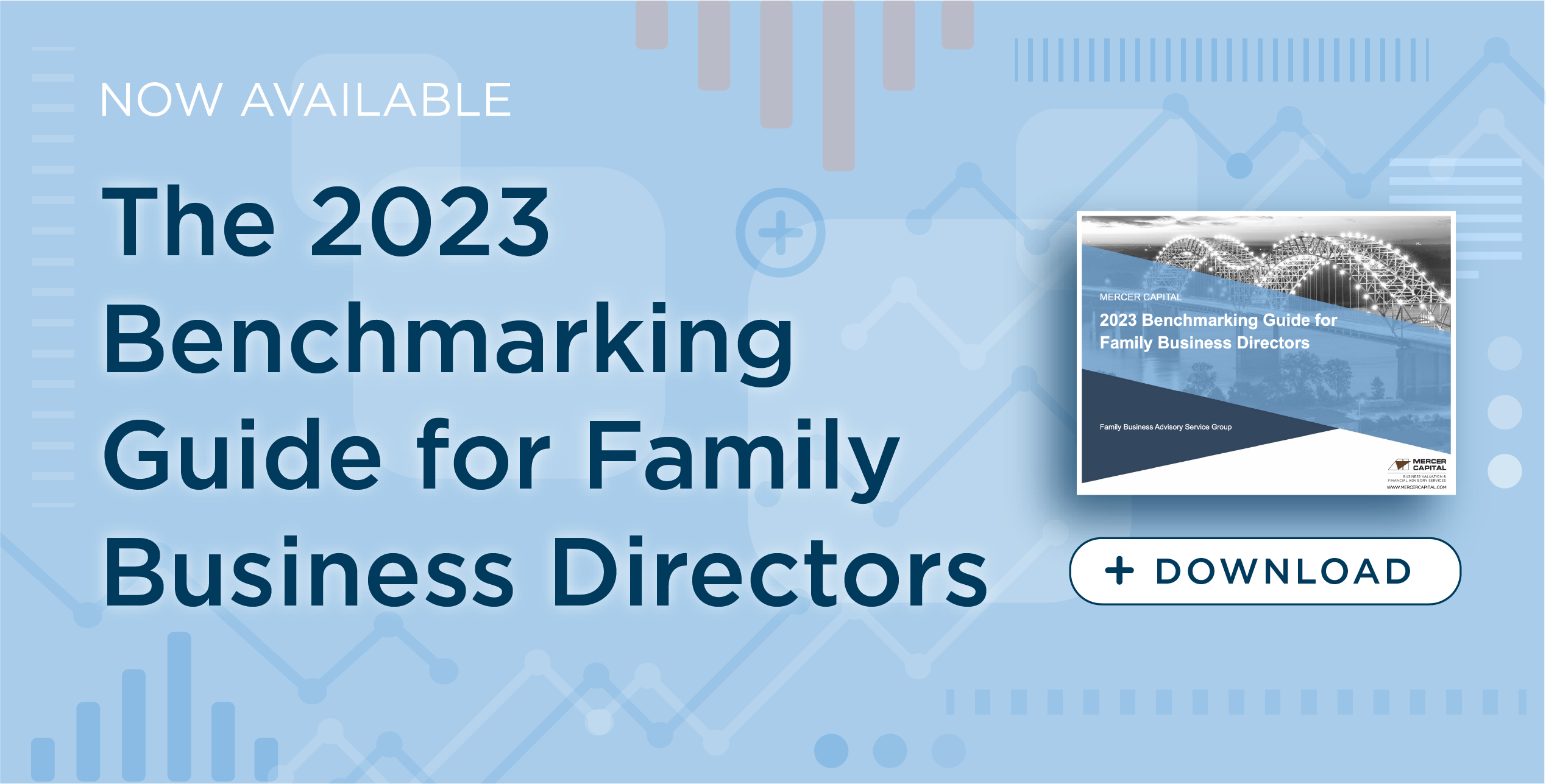What Should Your Family Shareholders Know?
Earlier this week, the Wall Street Journal featured an article on the challenges of succeeding at succession in family businesses. Author Cheryl Winokur Munk made five recommendations to help families thrive during generational transfers:
- Communicate
- Start early
- Create a written plan
- Plan a post-succession life
- Let go when it’s time
This is a great list. While families that are nearing a generational transfer have some very specific communication challenges, effective communication is essential regardless of where the family business is in the corporate life cycle.
Communicating Dollars and Cents
Positive engagement is enhanced when family shareholders receive regular communication.
When it comes to financial matters, family business directors need to treat family shareholders as, well, shareholders. One of the ironies of family business is the generally unspoken assumption that family shareholders are not entitled to adequate financial disclosure and transparency. In other words, family shareholders are often entrusted with far less information than stockholders in public companies. Whatever benefits such secrecy generates are very quickly overwhelmed by the suspicion, distrust, and discontent that naturally develops when communication fails.
Positive engagement is enhanced when family shareholders receive regular communication under five primary headings.
Financial Results
Posting annual financial statements to a family portal is not the same thing as communicating financial results to family shareholders. Communicating financial results means translating financial data into a coherent narrative that describes and illustrates the operating and financial performance of the family business over time and relative to appropriate benchmarks.
Strategy
Communicating strategy complements the financial results provided to family shareholders. The family business’s strategy provides the best lens through which to view the family business’s financial results. Public companies provide a great template for distinguishing strategy from day-to-day operational decisions. The task of investor relations for public companies is to ensure that current and prospective shareholders know what the strategy of the company is, not to expose every decision management makes to public scrutiny. If your strategy is not easy to communicate, that may be a sign that your strategy could use some refining.
Value
No one with an investment portfolio would tolerate an investment advisor who refused to provide timely updates on the value of the portfolio. Yet it is often assumed that family shareholders do not need to know the value of their investment in the family business. For many family shareholders, their shares represent a large allocation of their personal portfolio. Failing to communicate value forces those shareholders to make important decisions regarding the rest of their personal balance sheets with one eye closed. There is simply no need for that.
Returns
Annual return is how shareholders measure the performance of their investments. Family shareholder returns come from (after-tax) dividends and changes in value of their shares. Too many family business managers shy away from providing return data to family shareholders. Failing to measure the return to your family shareholders does not keep the returns from happening. The returns are accruing (or not) regardless of whether you are measuring them. Measuring returns can introduce a potentially uncomfortable level of accountability to family business managers. But what is the alternative? Family shareholders will eventually calculate returns themselves. It is better for the family business to provide a regular and consistent return calculation for the family shareholders, along with appropriate benchmarks and commentary regarding the sources of superior or lagging returns.
Expectations
Do your family shareholders know what “the long view” is for your family business?
One of the greatest advantages family businesses possess is their ability to take the long view. Do your family shareholders know what “the long view” is for your family business? Avoiding the quarterly earnings treadmill is a good thing, but taking the long view should not be a smoke screen for hiding underperformance or failures to execute. How does your family business’s strategy translate into expectations for revenue, earnings, and cash flow in future periods? If the family business has made a conscious decision to forego current earnings, what is the expected payoff from that decision?
Conclusion
If you want to build your family business to survive across multiple generations, you have to take communication seriously. Generational transfer requires positive shareholder engagement. And that, in turn, requires treating your family shareholders as shareholders when it comes to financial disclosures and transparency. Doing so requires trust and, probably, some education. In our experience, that investment is worthwhile. Family shareholders who aren’t treated like shareholders won’t want to be shareholders for long. And that could spell the end of your family business.
 Family Business Director
Family Business Director 











